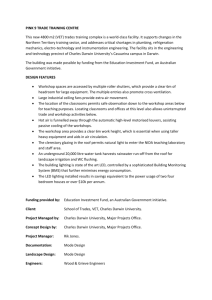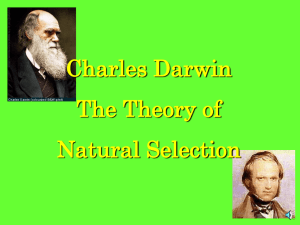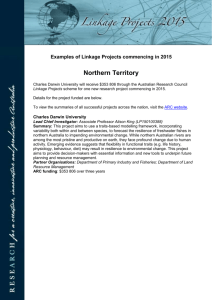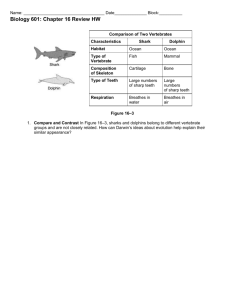FLASHCARD DATA FOR TUTORIALS
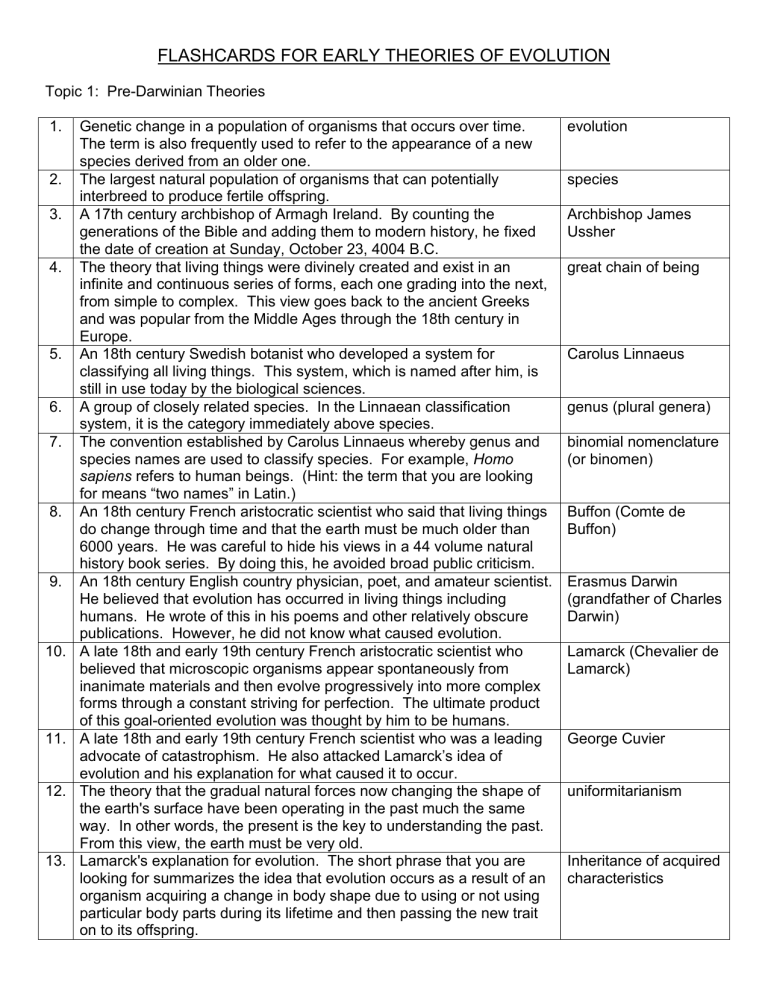
FLASHCARDS FOR EARLY THEORIES OF EVOLUTION
Topic 1: Pre-Darwinian Theories
1. Genetic change in a population of organisms that occurs over time.
The term is also frequently used to refer to the appearance of a new species derived from an older one.
2. The largest natural population of organisms that can potentially interbreed to produce fertile offspring.
3. A 17th century archbishop of Armagh Ireland. By counting the generations of the Bible and adding them to modern history, he fixed the date of creation at Sunday, October 23, 4004 B.C.
4. The theory that living things were divinely created and exist in an infinite and continuous series of forms, each one grading into the next, from simple to complex. This view goes back to the ancient Greeks and was popular from the Middle Ages through the 18th century in
Europe.
5. An 18th century Swedish botanist who developed a system for classifying all living things. This system, which is named after him, is still in use today by the biological sciences.
6. A group of closely related species. In the Linnaean classification system, it is the category immediately above species.
7. The convention established by Carolus Linnaeus whereby genus and species names are used to classify species. For example, Homo sapiens refers to human beings. (Hint: the term that you are looking for means “two names” in Latin.)
8. An 18th century French aristocratic scientist who said that living things do change through time and that the earth must be much older than
6000 years. He was careful to hide his views in a 44 volume natural history book series. By doing this, he avoided broad public criticism.
9. An 18th century English country physician, poet, and amateur scientist.
He believed that evolution has occurred in living things including humans. He wrote of this in his poems and other relatively obscure publications. However, he did not know what caused evolution.
10. A late 18th and early 19th century French aristocratic scientist who believed that microscopic organisms appear spontaneously from inanimate materials and then evolve progressively into more complex forms through a constant striving for perfection. The ultimate product of this goal-oriented evolution was thought by him to be humans.
11. A late 18th and early 19th century French scientist who was a leading advocate of catastrophism. He also attacked Lamarck’s idea of evolution and his explanation for what caused it to occur.
12. The theory that the gradual natural forces now changing the shape of the earth's surface have been operating in the past much the same way. In other words, the present is the key to understanding the past.
From this view, the earth must be very old.
13. Lamarck's explanation for evolution. The short phrase that you are looking for summarizes the idea that evolution occurs as a result of an organism acquiring a change in body shape due to using or not using particular body parts during its lifetime and then passing the new trait on to its offspring. evolution species
Archbishop James
Ussher great chain of being
Carolus Linnaeus genus (plural genera) binomial nomenclature
(or binomen)
Buffon (Comte de
Buffon)
Erasmus Darwin
(grandfather of Charles
Darwin)
Lamarck (Chevalier de
Lamarck)
George Cuvier uniformitarianism
Inheritance of acquired characteristics
14. The theory that the earth’s surface is the result of violent and sudden natural catastrophes such as great floods and the rapid formation of major mountain chains rather than gradual changes. From this view, the earth must be very young.
15. A leading 19 th century British geologist who was a strong advocate of uniformitarianism and an opponent of Cuvier’s idea of catastrophism.
His three volume geology textbook was important in helping Charles
Darwin develop his ideas about evolution during his round the world expedition.
Topic 2: Darwin and Natural Selection
Topic 3: Evidence of Evolution
1. The 19 th century English scientist who carried out the necessary research to conclusively document that evolution has occurred and then made the idea acceptable for scientists and the general public. This man did not invent the idea of evolution.
2. The name of the British Naval ship that Charles Darwin sailed on in 1831 as an unpaid naturalist. This voyage took them around the world and lasted for five years.
3. A largely isolated group of islands in the Eastern Pacific Ocean that have plant and animal species found nowhere else in the world. It was there that Charles Darwin began to really comprehend what causes evolution to occur.
4. The relatively rapid expansion and diversification of an evolving group of organisms as they adapt to new ecological niches.
This is the process by which one species evolves into two or more species. It occurs as a result of different populations becoming reproductively isolated from each other, usually by adapting to different environments.
5. An evolutionary mechanism that occurs when some individuals of a population are better able to adapt to their environment and, subsequently, produce more offspring. Nature, in effect, selects which members of a population are fit to survive long enough to reproduce and pass on their genes to the next generation. This mechanism of evolutionary change was first described by
Charles Darwin.
6. A late 18 th and early 19 th century English clergyman and pioneer economist who published an extensive article entitled Essay on the Principles of Population . In it he observed that human populations will double every 25 years unless they are kept in check by limits in food supply.
7. The evolutionary process primarily responsible for the change over generations in wing and body coloration of "peppered" moths living near English industrial cities during the 19 th and 20 th centuries.
8.
Charles Darwin’s 1859 book in which he published his theory of evolution in full for his fellow scientists and for the public at large. catastrophism
Charles Lyell
Charles Darwin
H.M.S. Beagle
Galápagos Islands adaptive radiation natural selection
Thomas Malthus natural selection
On The Origin of Species
9. The British naturalist who in 1858 sent Charles Darwin a draft of an essay he had written on natural selection. This scientist was collecting specimens of plants and animals in Southeast Asia at the time. His essay pressured Darwin to quickly finish his own book on natural selection.
Alfred Wallace
10. A Central European monk who carried out plant breeding experiments between 1856 and 1863. Through these experiments, he discovered that there is a recombination of parental traits in offspring. As a result, children can have a combination of traits different from either parent.
11. An early 19 th century French customs officer whose hobby was collecting ancient stone tools. Since he found these artifacts in association with the bones of extinct animals, he concluded that they must have been made by prehistoric people at the time that those animals lived.
12. The biblically oriented approach to learning about the natural world that was declared to not be a science by the U.S.
Supreme Court in 1987. The court also ordered that it cannot be taught as a science in public schools as an alternative or in addition to the mainstream evolutionary theory of the biological sciences.
13. Where we find abundant evidence of evolution having gone on for millions of years. (Hint: Many museums are loaded with this kind of evidence.)
Gregor Mendel
Boucher de Perthes
“creation science” fossils of ancient life forms found in sedimentary rock layers built up slowly over millions of years
100% 14. The percentage of living organisms on earth that use the DNA code to store recipes for making the proteins that they need.
15. The kind of environment in which you would expect to find mostly unique species living.
16. The rate of evolution (i.e., fast or slow) for species that mature and reproduce large numbers in a short amount of time. (Hint:
Think about how fast insects and microscopic organisms usually evolve.)
Copyright © 2004-2013 by Dennis O'Neil. All rights reserved.
islands long isolated from the rest of the world (e.g.,
Australia, New Zealand, and
Hawaii very fast
